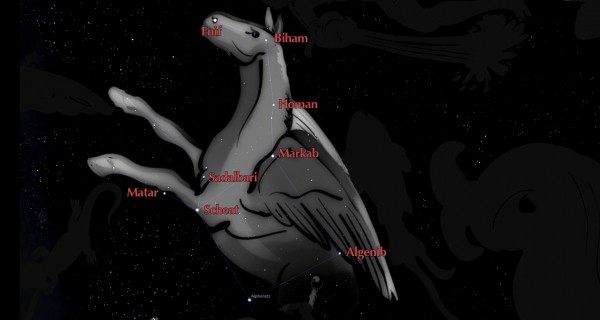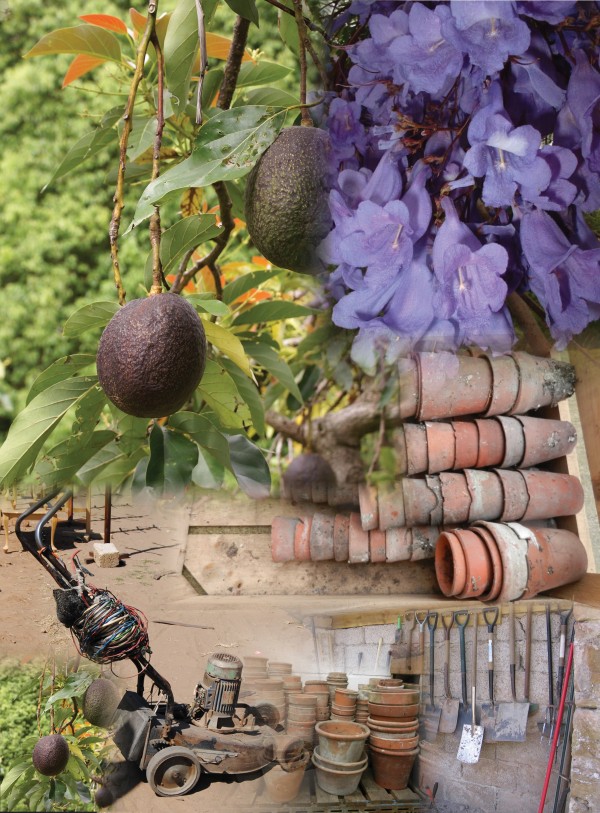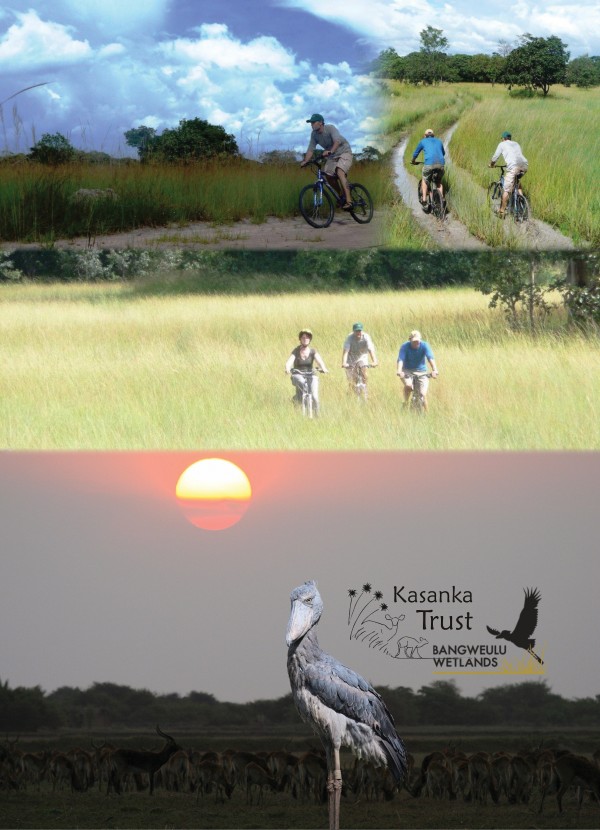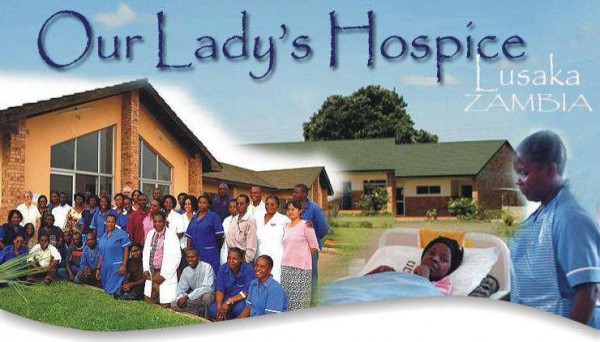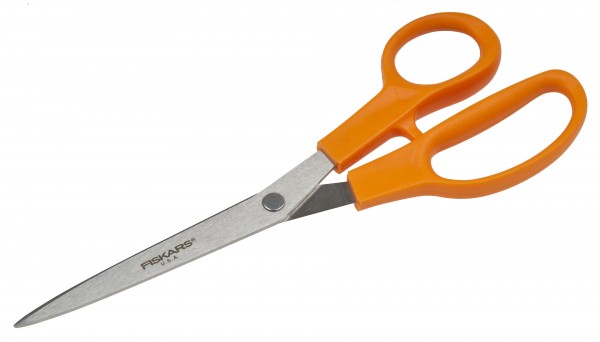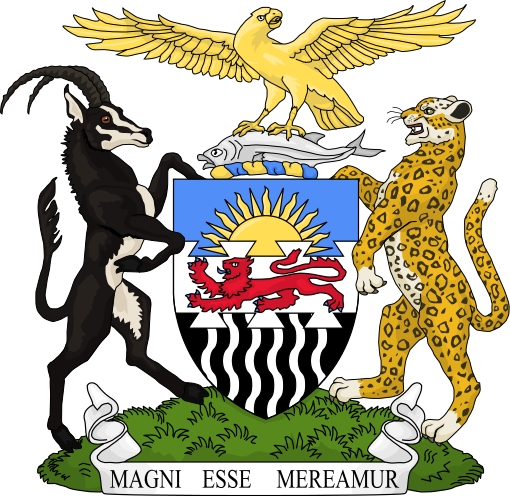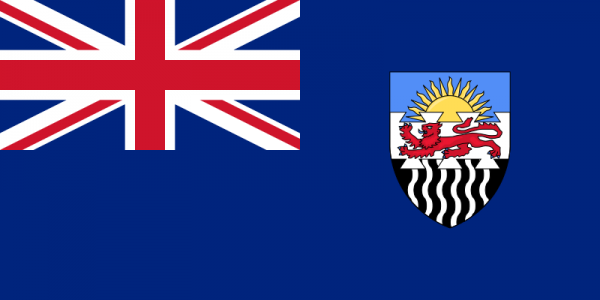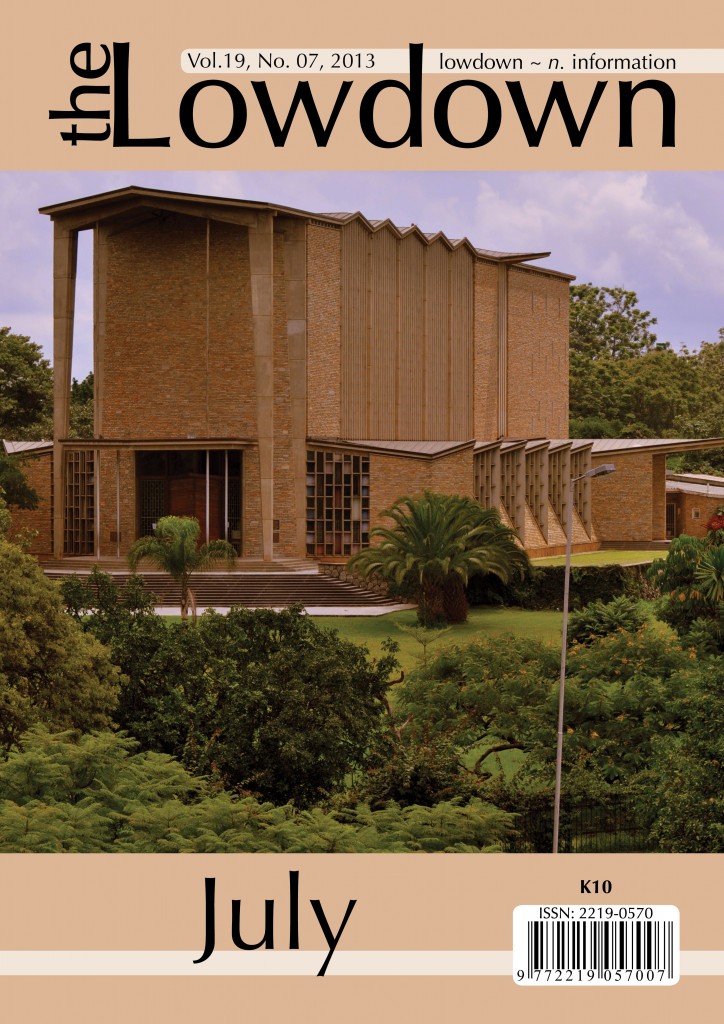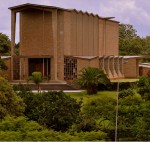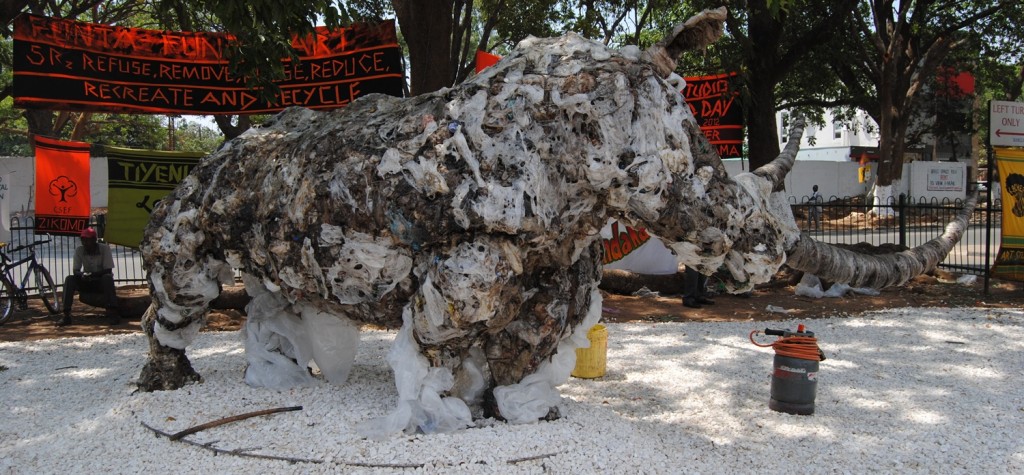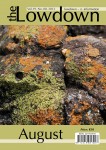

Well, You Have to Laugh
There I am, in the middle of the usual grid lock going round the Kabulonga Roundabout at 7.45 in the morning; thank goodness I was going out of town and not into it; and wondering what we were going to do about it. The latest plan is for an underground railway. Now I know a bit about underground railways (I may bore you with it one day) and I also know a bit about the hallucinatory effect of the inhalation of fumes from burning certain garden weeds so I had a little chuckle as I weaved in and out of the oncoming traffic using both sides of the road to get into the morning log jam. Then the sobering thought hit me, it is all my fault, just like my Madam tells me, and I am sure that there are many other fellows who have that accusation aimed at them but this time with quite a bit of justification.
So the In laws are coming to visit and it seemed like a good idea to take them to Lake Malawi. I had a huge Ford Zephyr, you know, the one with a bonnet that looked like the top of a billiard table, so there was room for them, the Madam and the three kids. Off we went from the Copperbelt to overnight in Lusaka. We had left the house in charge of a family about to leave for the UK. The first puncture hit us half way down the Fisenge turn off, the second half way down to Kapiri Mposhi. Leaving extended family by the side of the road I hitch hiked in, with a very kind Zambian, who put me and the two tyres in the back of his vanette along with 3 million chickens, to Ndola. There, tyres repaired, I managed to get another lift back down the road to a weary, tired and somewhat disenchanted family. A retreat to base was called to re-equip and rest before trying again. To the house where we found the lodgers well installed with a pig in the bath ready for the pig roast that they had planned as a leaving do on the morrow.
Whilst the chaos was being sorted out I drove round to see my mate, Terry Dodson, who was in charge of the mine garage. His wife, Dora, was a Ugandan Princess, or so Terry claimed, and I had no reason whatsoever to doubt him. Without doubt she made the best cup of tea in Kalulushi and I was certainly in need of that calming beverage to say nothing of the motherly sympathy that came with it. Terry had the same Ford, his had brand new tyres and, bless him, he lent them to me so that in the morning I could face the journey with equanimity. We said farewell to the pig at Sparrowfart the next day and drove for Malawi, some 700 miles away. The tar lasted to the border and, as daylight fell so did the rain and we found ourselves on a track with pot holes so bad that, at times, the Mother in Law had to be made to walk and then there was a snake and I was accused of trying to get rid of her. Actually, as Mother in Law’s go, she was not too bad. A Mother in Law who takes a hip flask full of Brandy and Benedictine round a golf course for the bad holes has got to be better than most. I do not know how we eventually managed to get to the Capitol Hotel in Lilongwe but we did. I staggered into this very posh hotel, begrimed with mud up to my waist, told the receptionist that there was a shell shocked family in the jam jar outside and could they sort it out. No problem at all, anything else? You Betcha; a large MGT! I was guided to a chair, sat there, bemused, with my drink as my family was carried to their rooms and only stirred when I was informed that my bath was ready!
The holiday was not without incident but the return journey was much easier once you got used to dodging the pigs of Petauke who had no road sense and less manners. I went round to Terry to give him his wheels back and told him that the car had done its job but it really needed replacement. He concurred and told me about some cars that were to be found in Tanzania, second hand, imported from Japan. An address was found and I wrote off to Japan to a company called AutoRec. A month later (no, the internet had yet to be invented!) a letter from Mr. T. Mizumo, President of Autorec, arrived. “Happy Good Day” was the opening gambit, a leaflet was enclosed with price list and it all looked very tempting.
I discussed the idea around the mine. It all seemed like a good idea but nobody had ever heard of the idea or the company. What to do? Well, you have to laugh, have a go, so I sent off the $2000 required to get a Datsun Sunny Estate delivered to Durban. I contacted the AA in South Africa, a Mrs. Barbara Rennison of the Durban office in Smith Street would get the car off the boat, organise temporary number plates and a Triptyque/Carnet de passage;”just so long as” I provided the AA with a huge deposit equal to the value of duties payable as if the car was being imported into South Africa. Now, as chance would have it, I had just been to the Channel Islands and taken my bank manager out to a good lunch. In those days banking in the Channel Islands meant that you talked to people, not computers. The bank guarantee was organised. But what of the car? The silence from Japan was deafening, had I kissed $2000 goodbye? Out of the blue a letter arrived, Happy Good Day, the car was on a boat! The documents had to be sent to Mrs. Rennison and the next thing I knew I was told to come and get my new motor car!
A mining exhibition was on in Jo’burg so it was planned to do that and travel on down by train to Durban. The night before we had been royally entertained at the Top of the Carlton where the performing singer was known to us which resulted in far more booze being consumed than was good for us. So, the following day, far worse for wear, the Madam and I boarded The Drakensburg Express for the overnight trip down to Durban. It was bitterly cold and the train went just a few miles and stopped in Germiston. On the other side of the window, on the platform across the tracks, stood what seemed like a million balaclavaered chaps all staring at the Madam and I, cocooned in warmth and luxury in our compartment. After ten minutes we moved on, somewhat relieved. Dinner was to be served in the dining car. We went in and discovered what could only be described as the Friday night party well in gear. It would appear that quite a few people used to commute down to Durban for the weekend at home and Friday night in the dining car was a regular scene. We were still suffering from the effects of last night so kept well out of the performance. For that is what it was, a gastronomic endurance test. All were working through every item on the extensive menu. Each course served was accompanied by another bottle of wine. We were staggered by their abilities, were shamed into leaving early and were woken from our slumbers by the carousers stumbling back to their compartments much later in the night.
The dawn saw the train descending through the Valley of a Thousand Hills. A sumptuous breakfast was served to a company of passengers that seemed far more subdued than the previous night. By ten we were in Durban, to the hotel, thence to Mrs. Rennison who gave me the keys to my new car that sat in a multi storey car park off Marine Parade. And there it was, a beautiful little estate car. New tyres, little blobs of yellow paint on all the bits and pieces that had been checked or replaced; all was in beautiful condition. It drove like a dream, was very economical, smelt like a new car; I was really happy with my purchase. The drive back to Kalulushi was uneventful, clearing customs was a pleasure, they believed the paper work and the declared value; in those days they still trusted Bwanas; the betrayal of that trust by some unscrupulous persons still rankles; we have all become tarred with the same brush because of that betrayal.
That then was the first Japanese second hand motor car to arrive in Zambia. I had not been driving around in it for a month before Eric Bishop thrust money at me and took it away. There then followed a period of time that I seemed to spend quite a bit of leave going and getting more. I put the idea into the company suggestion scheme. Why do we buy new vehicles so that our chaps can wreck them within two years? Let us buy them second hand ones at huge savings in costs. Back comes the response “We are not a second hand Company!!”, but, you have to laugh, a note from the Big Cheese, John Harper, requesting the address of the Japanese company so that he could get a car for his wife! Fellow employees had to have a go, this time avoiding the problems of South Africa. Off up the Tazara Railway went Cliff Richards to bring a car back from Dar es Salaam, all went well, he filled the car with prawns but a bit of a hiccup delayed him at the Nakonde border and the car stank so badly and for so long of prawns past their sell by date that he could not get rid of it.
It was all a wonderful wheeze. Import a motor car, drive up via Swaziland so that the kids could be taken out of school and fed and then home where people would buy it on the turn. Of course, there was room for lots of those 5 litre casks of delicious beverages. The money so gained could then be spent on a pretty good lifestyle, some memorable bush trips and parties were funded that way. As we were largely paid overseas at that time there was no need to indulge in the black market, all was above board. Of course, someone would always spoil the show, a poison pen letter was sent to SITET and all of a sudden I was under suspicion for money laundering! It took some time for people to realise that all monies earned were spent on a splendid lifestyle here rather than selling Kwacha for foreign exchange but it soured the whole thing. In addition, others were starting to get heavily involved and were cheating the customs so all became unpleasant. I must say, though, if I had abandoned my mining career and gone into the affair commercially I would possibly be a billionaire rather than the happy chappy that I have remained. Now I look at the trade today, the restrictions put on it, the wheeling and dealing involved and the rubbish that is being brought in these days and I am glad that I am out of it. I also feel dreadful that I started the trend that has led to the grid locks found at sundry roundabouts in the mornings. Well, not too dreadful, I mean; you really do have to laugh, don’t you?


